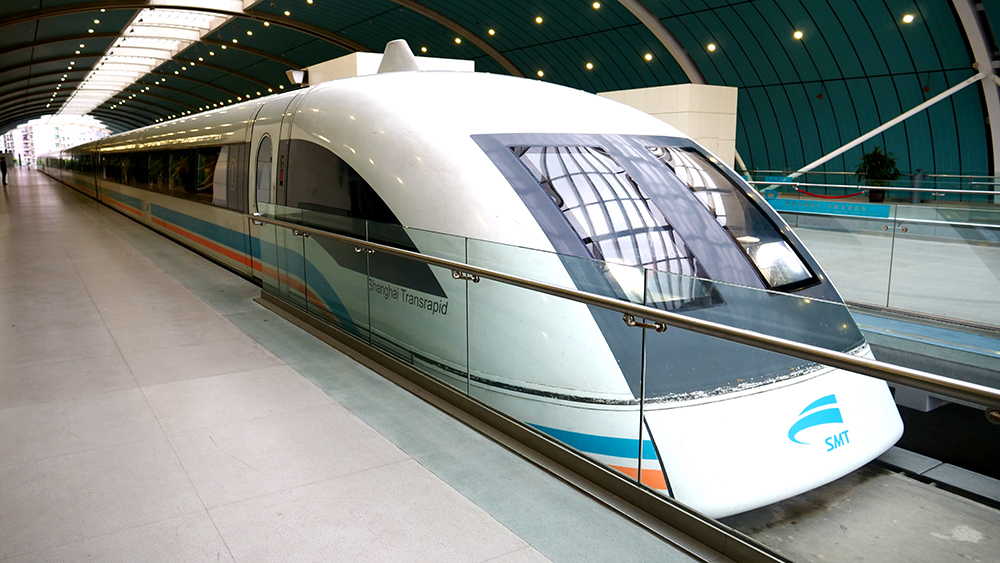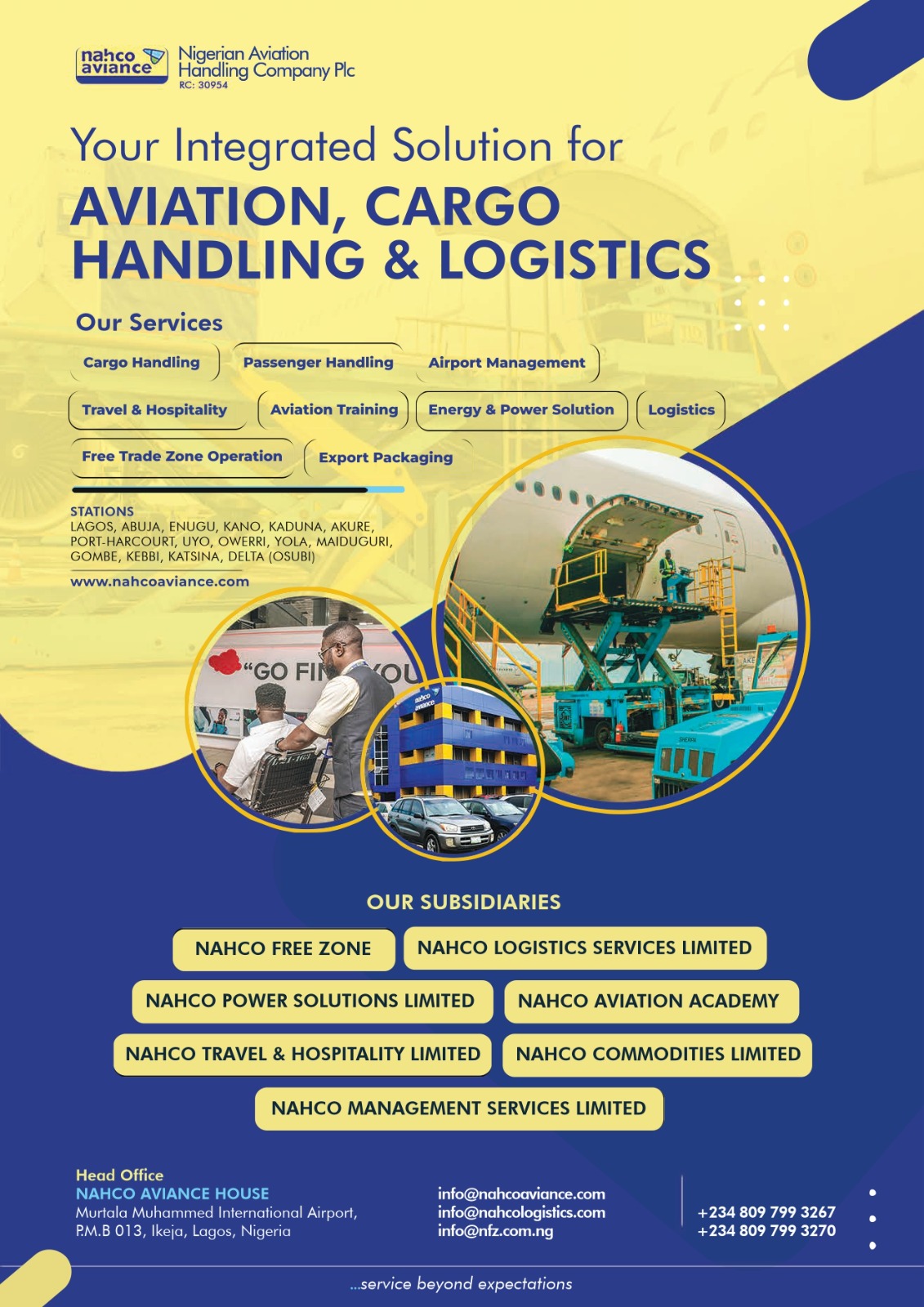Europeans and Asians currently operate the fastest high-speed trains in the world, regularly commuting on trains such as the Shanghai Maglev and Harmony CRH 380A. Travelling Europe by train is already faster than by plane right now.
High-speed rail systems began expanding rapidly in the late 20th century, which remains a major subject of further development.
The World’s fastest high-speed trains operate regularly between major cities, like Shanghai and Beijing or Paris and Strasbourg. These trains don’t max out at 100 or even 200 mph; they travel at speeds of up to 374 mph during testing. Talk about efficiency.
So here are the world’s fastest high speed trains in commercial service, ranked by speed:
- SHANGHAI MAGLEV– 267 MPH
- FUXING HAO CR400AF/BF– 249 MPH
- HARMONY CRH 380A– 236 MPH
- SHINKANSEN E5, H5 SERIES– 224 MPH
- AGV ITALO– 223.6 MPH
- TALGO 350– 217 MPH
- HARAMAIN WESTERN RAILWAY– 217 MPH
- DEUTSCHE BAHN ICE– 205 MPH
- KORAIL KTX– 205 MPH
- EUROSTAR e320– 200 MPH
1. SHANGHAI MAGLEV- 267 MPH
The Shanghai maglev train or Shanghai Transrapid is a magnetic levitation train (Maglev) line that operates in Shanghai.
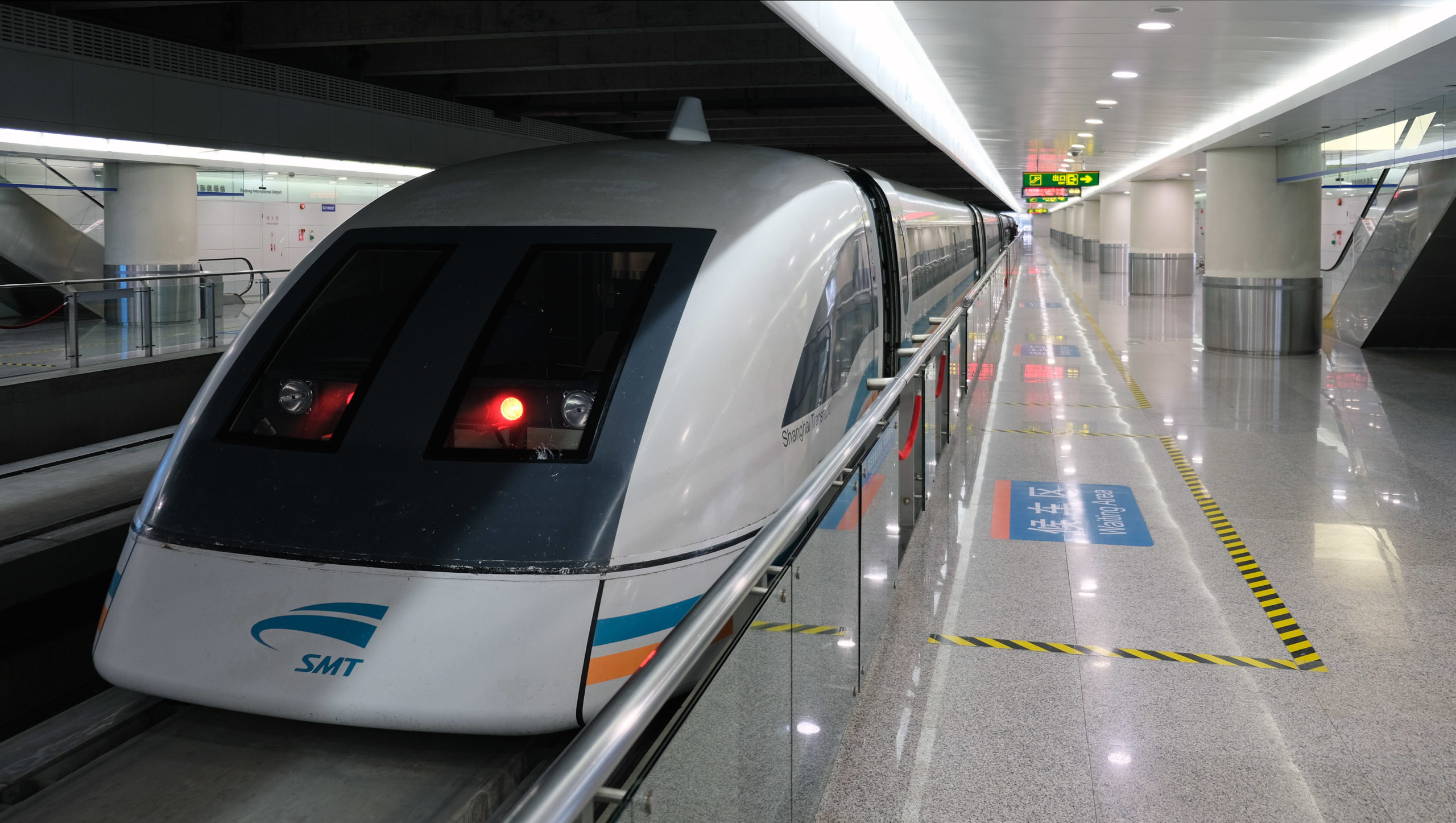
The line is the third commercially operated maglev line in history (after the British Birmingham Maglev and the German M-Bahn), the oldest commercial Maglev still in operation, and the first commercial high-speed Maglev with a cruising speed of 431 km/h (268 mph).
It is also the fastest commercial electric train in the world.
Using magnetic repulsion, a maglev train has no wheels and “floats” on the tracks; this allows the electromagnetic train to overcome friction and reach extreme speeds comparable to that of aircraft.
The Maglev runs nearly 19 miles from Shanghai’s Pudong International Airport to the Longyang metro station on the outskirts of Shanghai.
2. FUXING HAO CR400AF/BF- 249 MPH
Fuxing (also known as the CR series EMU or the Fuxing Hao) is a series of high-speed and higher-speed EMU trains operated by China Railway High-speed (CRH) and developed by CRRC, which owns the independent intellectual property rights.
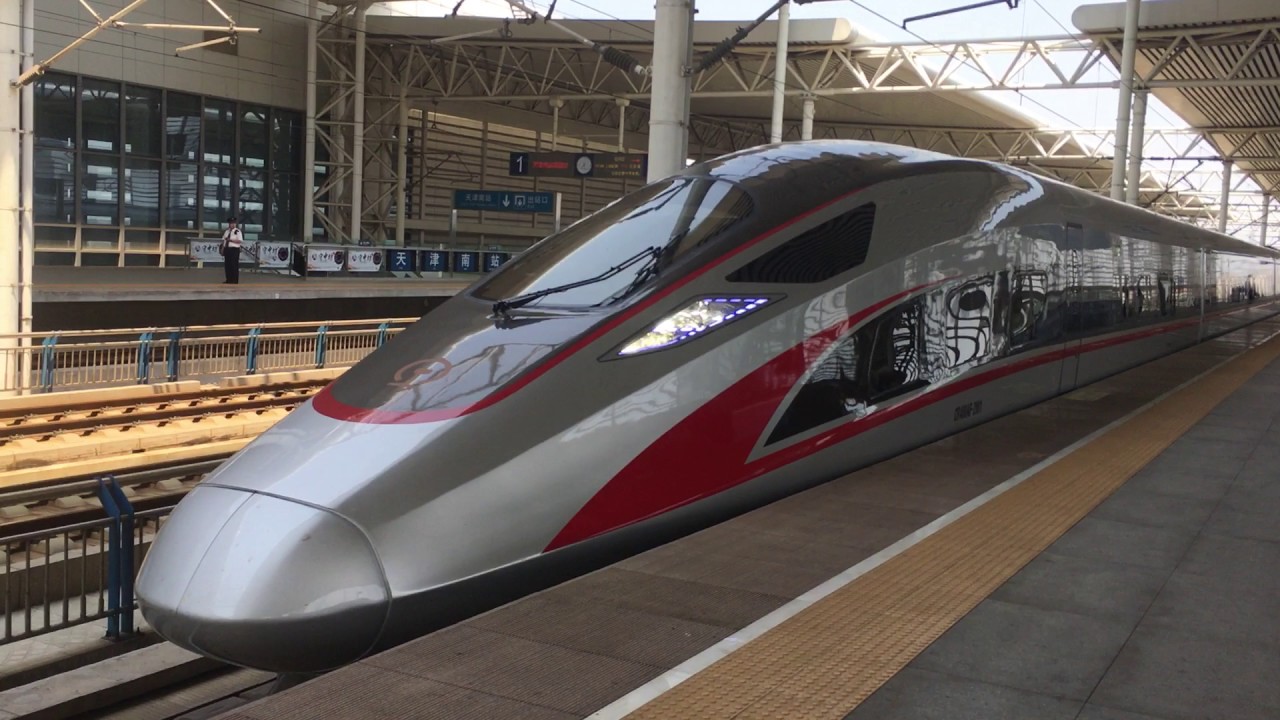
The name “Fuxing Hao” translates to mean “rejuvenation,” and each of the two trains has been branded with nicknames: CR400AF is “Dolphin Blue,” and the CR400BF is “Golden Phoenix.”
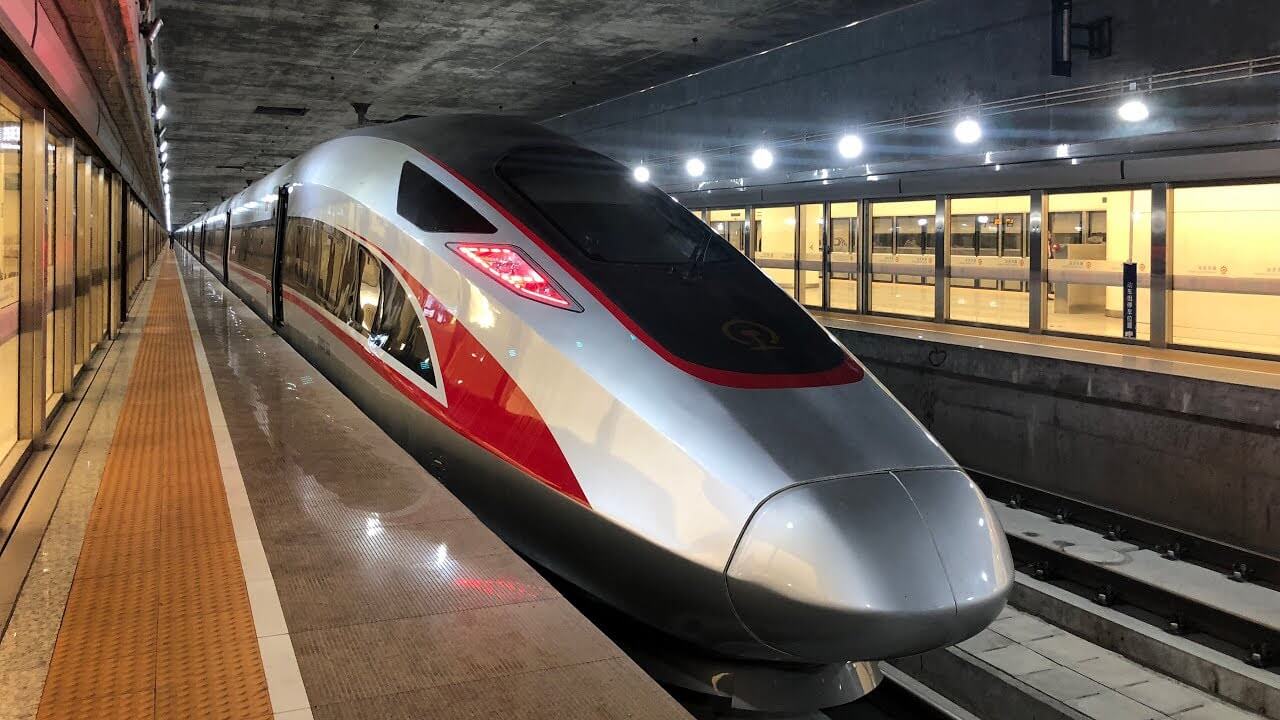
The “CR” stands for China Railway. Both take just under five hours to zip up to 556 passengers each between Beijing South and Shanghai Hongqiao Station.
It is the world’s fastest conventional high-speed train in regular service, with a standard speed of 350 km/h (217 mph) for the CR400AF and CR400BF models.
3. HARMONY CRH 380A- 236 MPH
The CRH380A Hexie is a Chinese electric high-speed train developed by CSR Corporation Limited (CSR) and is currently manufactured by CSR Qingdao Sifang Locomotive & Rolling Stock Co., Ltd.
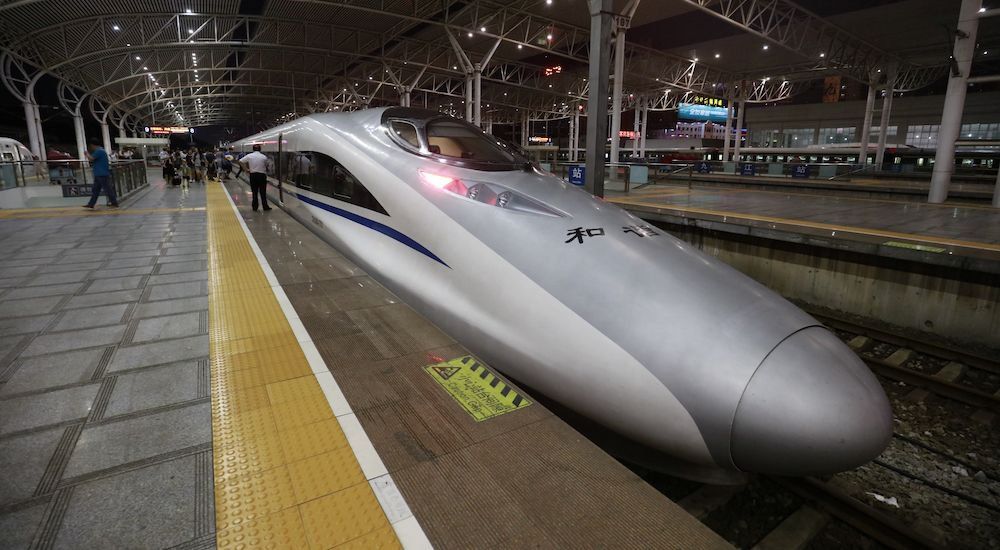
The CRH380A is designed to operate at a cruise speed of 350 km/h (217 mph) and a maximum speed of 380 km/h (236 mph) in commercial service.
Designed by the China South Locomotive & Rolling Stock Corporation Limited (CSR), it entered service before the Beijing Olympics.
During a trial run, the original 8-car train set recorded a top speed of 416.6 km/h (258.9 mph). The longer 16-car train-set reached 486.1 km/h (302.0 mph).
4. SHINKANSEN E5, H5 SERIES- 224 MPH
It was in1964 that the Hikari high-speed train launched service between Tokyo and Osaka, cutting travel time between the country’s two largest cities from nearly seven hours to a mere four by rail.
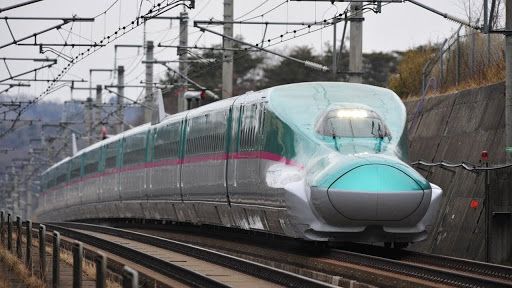
The cars are silent due to excellent acoustic suppression, and all the seats face forward. The Japan Rail Pass makes travel by the H5 very economical.
The H5 and E5 series Shinkansen, respectively running the Tohoku and Hokkaido services, are two of the newer bullet trains on Japan’s tracks and so far the fastest in regular commercial service in the country.
5. AGV ITALO- 223.6 MPH
The AGV Italo currently holds the distinction of being the fastest train in Europe.

Nicknamed “Ferrari of the tracks,” the plum red trains are run by Nuovo Trasporto Viaggiatori, a consortium headed by the erstwhile president of Ferrari, Luca Cordero di Montezemolo.
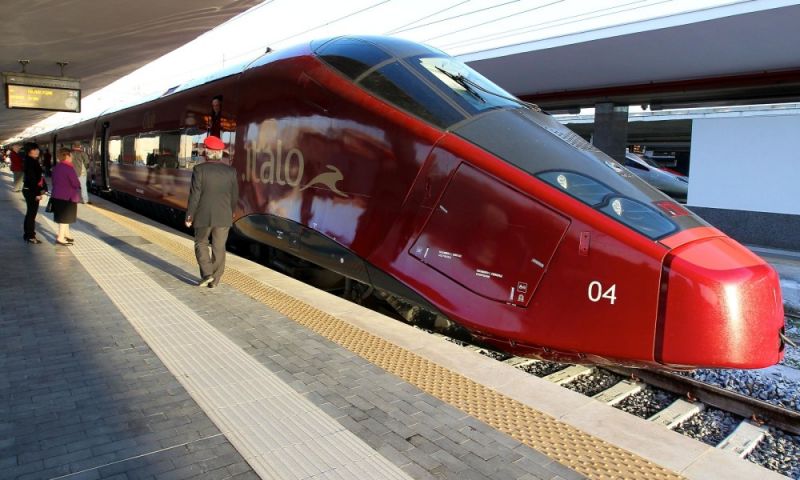
Alstom AGV builds the train itself, and instead of having an engine at the front and rear is powered by axles throughout the rake, making it very fast.
The train is also lighter and, by some accounts, shaves off 70 tons from similar designs by Talgo and Siemens.
The compartments are 9 feet wide, making it easy to manoeuvre with luggage, and even the general compartments have luxurious leather seats.
6. TALGO 350- 217 MPH
Talgo 350 (T350) is a speed train developed by Patentes Talgo (Tren Articulado Ligero Goicoechea Oriol), a Spanish company.
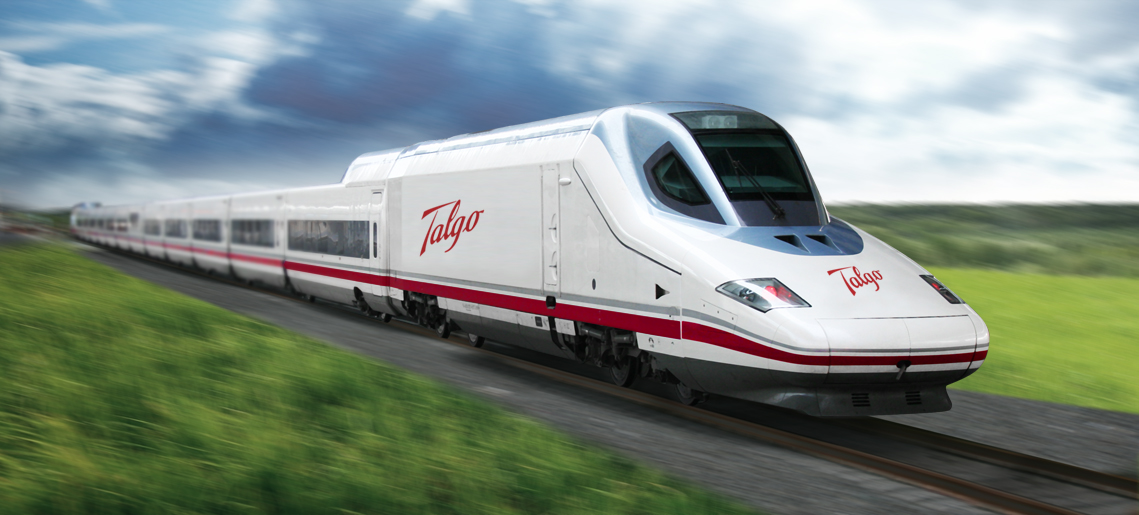
The train entered service with the name RENFE AVE Class 102 high-speed trains on the Madrid-Barcelona and Madrid-Valladolid lines in Spain.
The Spanish Talgo 350 is built by Patentes Talgo and runs between Madrid and Barcelona.
It is also known as Pato (which means duck in Spanish), as the train’s front part resembles a duck’s beak.
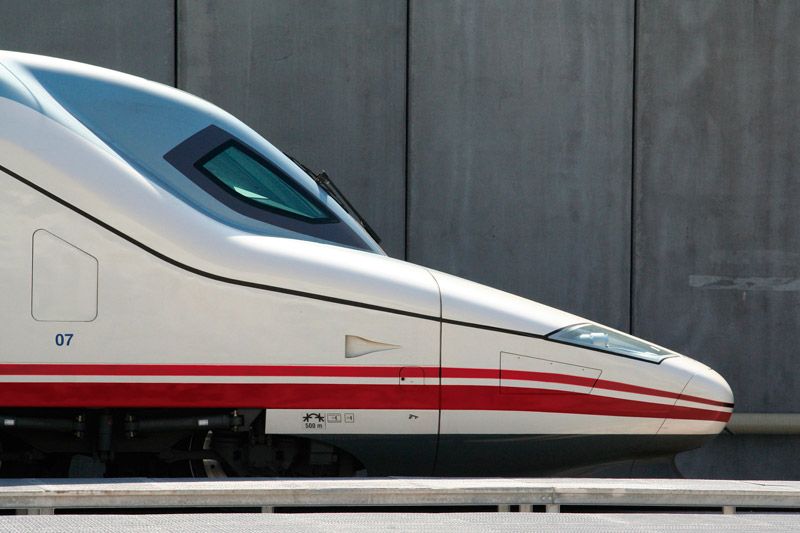
During its trial runs, the express managed a speed of 228 miles per hour, though, in regular service from 2005, that is restricted to 215 mph.
The design focuses on safety as well as high speed. The coaches have minimum rolling, and an innovative tilting mechanism provides stability around corners.
7. HARAMAIN WESTERN RAILWAY- 217 MPH
The Mecca-Medina high-speed link stretches the 281 miles between Saudi Arabia’s most holy cities and has been in partial operation since December 2017, with full completion set for early summer 2018.
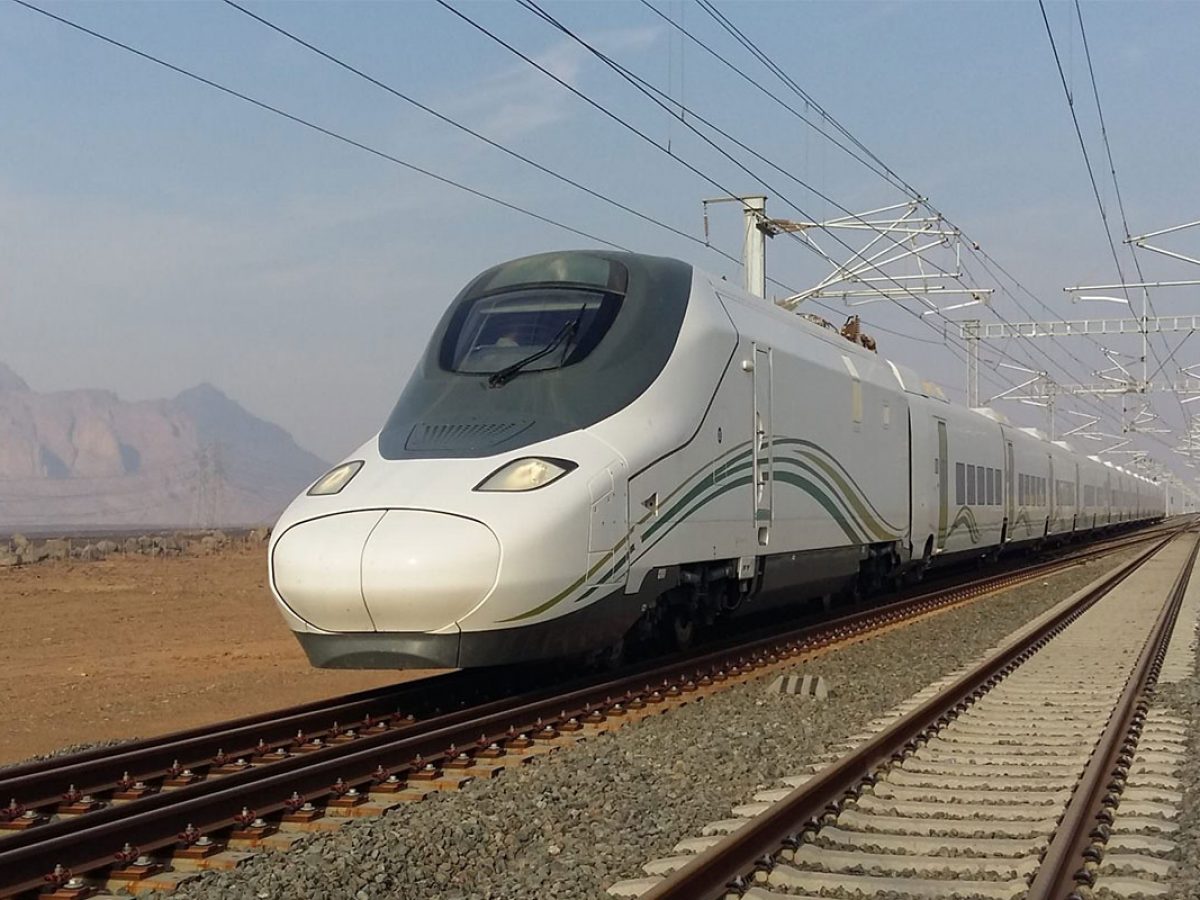
It has reduced the travel time between the two holiest sites of Islam to under two hours.
The fleet currently consists of 35 trains, with a capacity of 400 passengers; each can theoretically ferry 60 million passengers annually.
The five stations on the route are Mecca, Medinah, Jeddah, King Abdullah Economic City, and King Abdulaziz International Airport.
Travelling the route length takes two and a half hours, compared to five hours by car.
Speed isn’t the entire justification for constructing this railway; however, the Haramain is expected to carry three million passengers a year, including many Hajj and Umrah pilgrims, relieving traffic congestion.
8. DEUTSCHE BAHN ICE- 205 MPH
The distinctively futuristic white and silver of the Inter-City Express, or ICE, combined with its sharp red cheatline, makes an impressive sight speeding through the scenic German countryside, especially on its newest route connecting Berlin and Munich.
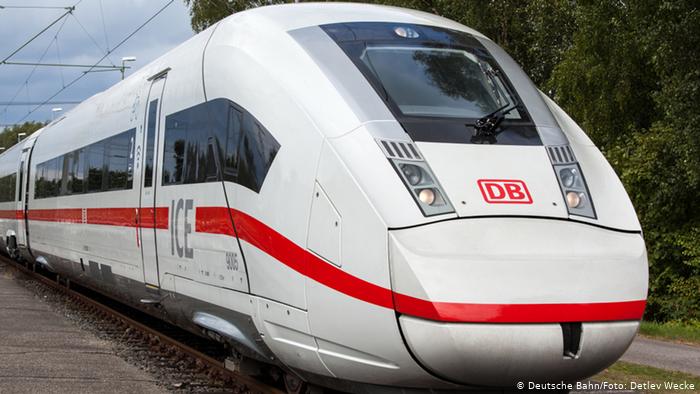
The InterCity Express or ICE 4 is operated by Deutsche Bahn.
They connect Berlin, Munich, Hamburg, Stuttgart, and other major German cities. You can also take an ICE train to Austria, Brussels, Amsterdam, and other locations outside Germany.
The train uses 30% less energy due to better aerodynamics.
Developed by Siemens in collaboration with Bombardier, each train can accommodate upwards of 450 seats. The ICE 4 runs on an innovative power car concept with 24 driven axles spread across six out of twelve compartments.
That’s a serious asset for DeutscheBahn’s long-term plans to operate these trains from Frankfurt to London.
9. KORAIL KTX- 205 MPH
The KTX-Sancheon is a South Korean high-speed train built by Hyundai Rotem in the second half of the 2000s and operated by Korail since March 2009.

With a top speed of 205 km/h (190 mph), the KTX-Sancheon is the second commercial high-speed train operated in South Korea and the first domestic high-speed train designed and developed in South Korea.
The Sancheon is an update over the previous KTX-I and the first to be designed and built in South Korea in the run-up to the 2018 Incheon Winter Olympics.
With two classes – first and the standard – they are a hugely popular form of travel nationwide.
The Sancheon operates with 8 or 16 cars, and the seats rotate.
10. EUROSTAR e320- 200 MPH
The British Rail Class 374, also branded as the Eurostar e320, is a type of electric multiple unit passenger trains used on Eurostar services through the Channel Tunnel to serve destinations beyond the core routes to Paris and Brussels.
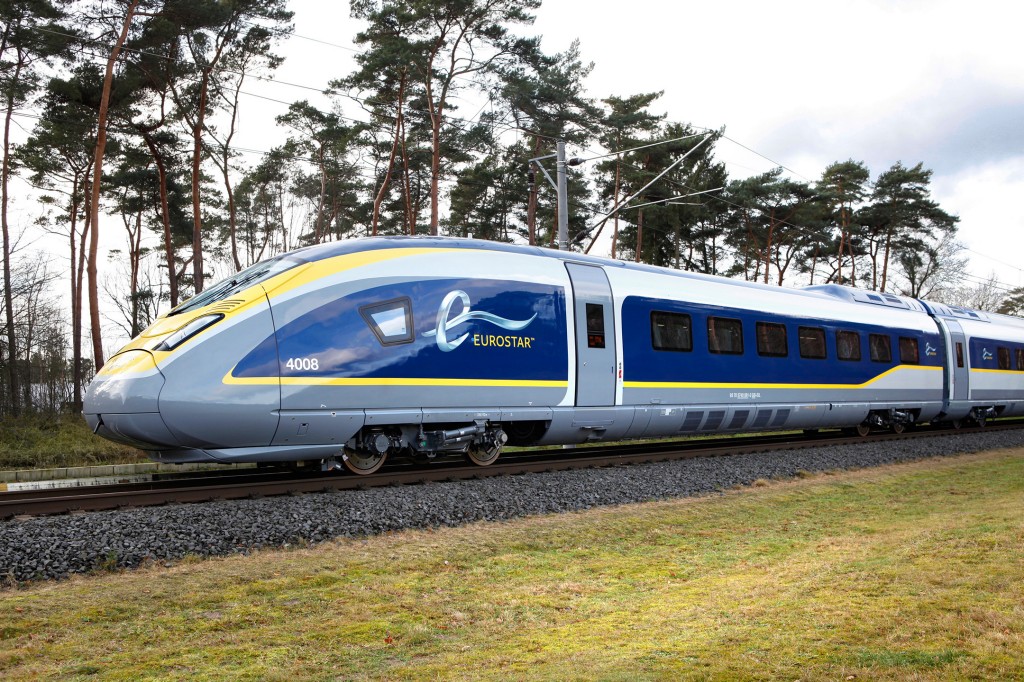
The trains, owned by Eurostar International Limited, are sixteen-coach versions of the Siemens Velaro. Each train is 390.2 m (1,280 ft) long.
The trains are designed to comply with the Technical Specifications for Interoperability (TSI).
The e320s operate between London St Pancras and Paris Gare du Nord.
It can complete the 305-mile trip in 2 hours and 16 minutes, reaching the highest 200 mph speed under the English Channel.
There is also a service between London and Brussels.
This e320 is fast and reduces travel time through the Channel Tunnel, making it preferable to flying.
The frequency of operation is also high, with a train every hour from London to Paris every day of the week.
Eurostar is reliable; most trains arrive on time or at most 15 minutes late. It is remarkably eco-friendly, with 90% fewer emissions than London to Paris flight per passenger.
Copyright TransportDay.
All rights reserved. This material and any other digital content on this platform may not be reproduced, published, broadcast, written or distributed in full or in part, without express written permission from TransportDay Newspapers.

